
The Minnesota Timberwolves are a professional basketball team based in Minneapolis, Minnesota, and they compete in the NBA’s Western Conference Northwest Division. The franchise was established in 1989 as part of the NBA's expansion into the upper Midwest, and it has built a legacy of perseverance, struggles, and occasional success. Over the years, the Timberwolves have had their fair share of challenges, including rebuilding years and fluctuating performances, but they have also made key advancements, most notably during the early 2000s with their 2004 playoff appearance. Despite periods of underperformance, the Timberwolves have a rich history and an increasing following, especially with the current resurgence led by talented young stars like Karl-Anthony Towns and Anthony Edwards. Their fan base, though loyal and passionate, has long been waiting for sustained success and deep playoff runs.

The team colors of the Minnesota Timberwolves are navy blue, green, and white. These colors reflect the natural beauty and landscape of the state of Minnesota, which is known for its vast forests, lakes, and wildlife. The navy blue represents the state’s many lakes and rivers, symbolizing strength, tranquility, and the region's connection to water. The green mirrors the dense forests of the state, evoking feelings of vitality, growth, and a commitment to nature. Finally, the white signifies purity and the state’s cold winters. Together, these colors are designed to reflect the essence of Minnesota itself – a rugged, natural environment that serves as the perfect backdrop for a team focused on resilience and determination.

The Timberwolves' mascot, Crunch the Wolf, has been a beloved figure for the team since he was introduced in 1996. Crunch is more than just a mascot; he is an embodiment of the team's spirit and passion. With his energetic presence, Crunch is known for rallying fans during home games at Target Center. His role goes beyond just entertaining the crowd; he also represents the team’s identity and has appeared in various community events, helping build a deeper connection between the team and its fans. His ability to interact with fans, engage in playful antics, and keep the energy high during timeouts and breaks has made him one of the most popular mascots in the NBA.

The Timberwolves play their home games at the Target Center, a state-of-the-art arena located in the heart of Minneapolis. Opened in 1990, the Target Center has undergone several renovations to keep up with the changing demands of both the team and the fans. The arena has a seating capacity of about 19,000 for basketball games and is widely regarded as one of the premier venues in the NBA. It features modern amenities such as luxury suites, club seating, and a vibrant atmosphere that makes attending a Timberwolves game an experience in itself. Besides being the Timberwolves’ home, the Target Center also hosts concerts, conventions, and other events, making it a central gathering place in the city. Fans at the Target Center are known for their loyalty and vocal support, filling the stands and creating an electric atmosphere, especially during competitive games.
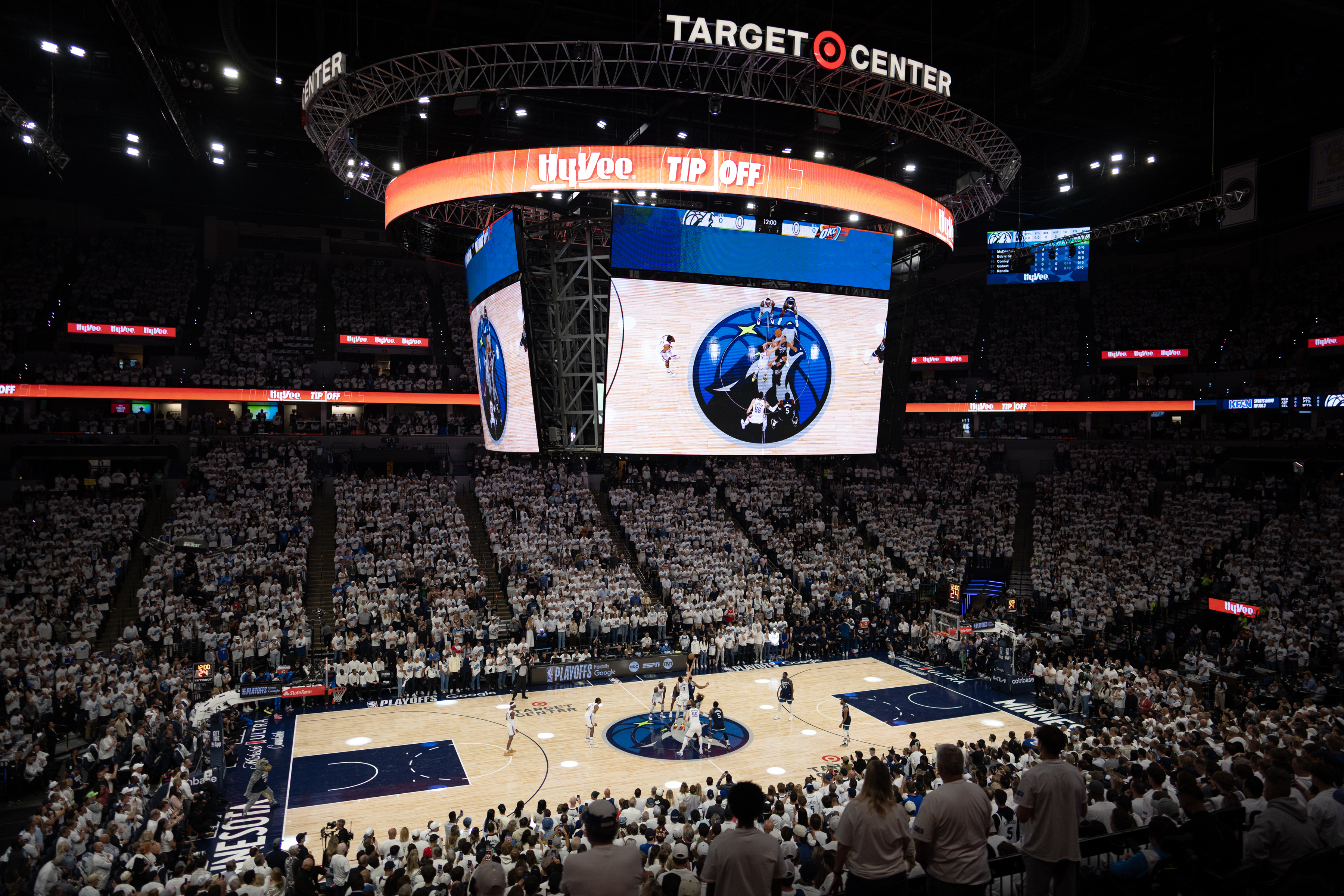
Over the years, the Minnesota Timberwolves have been home to several iconic players who have shaped the franchise’s identity. The most notable player in the team’s history is Kevin Garnett, who played for the Timberwolves from 1995 to 2007 and later again from 2015 to 2016. Garnett was a driving force in the team's success during the early 2000s and led them to their first and only Western Conference Finals in 2004. That year, he won the NBA MVP award and was a dominant force on both ends of the court. Other key players from the franchise’s history include Sam Cassell, who was integral to the team’s 2004 playoff run, and Latrell Sprewell, whose contributions helped the team reach new heights in the mid-2000s. Though the team has faced challenges in the years following these legends, the legacy of these players still looms large.
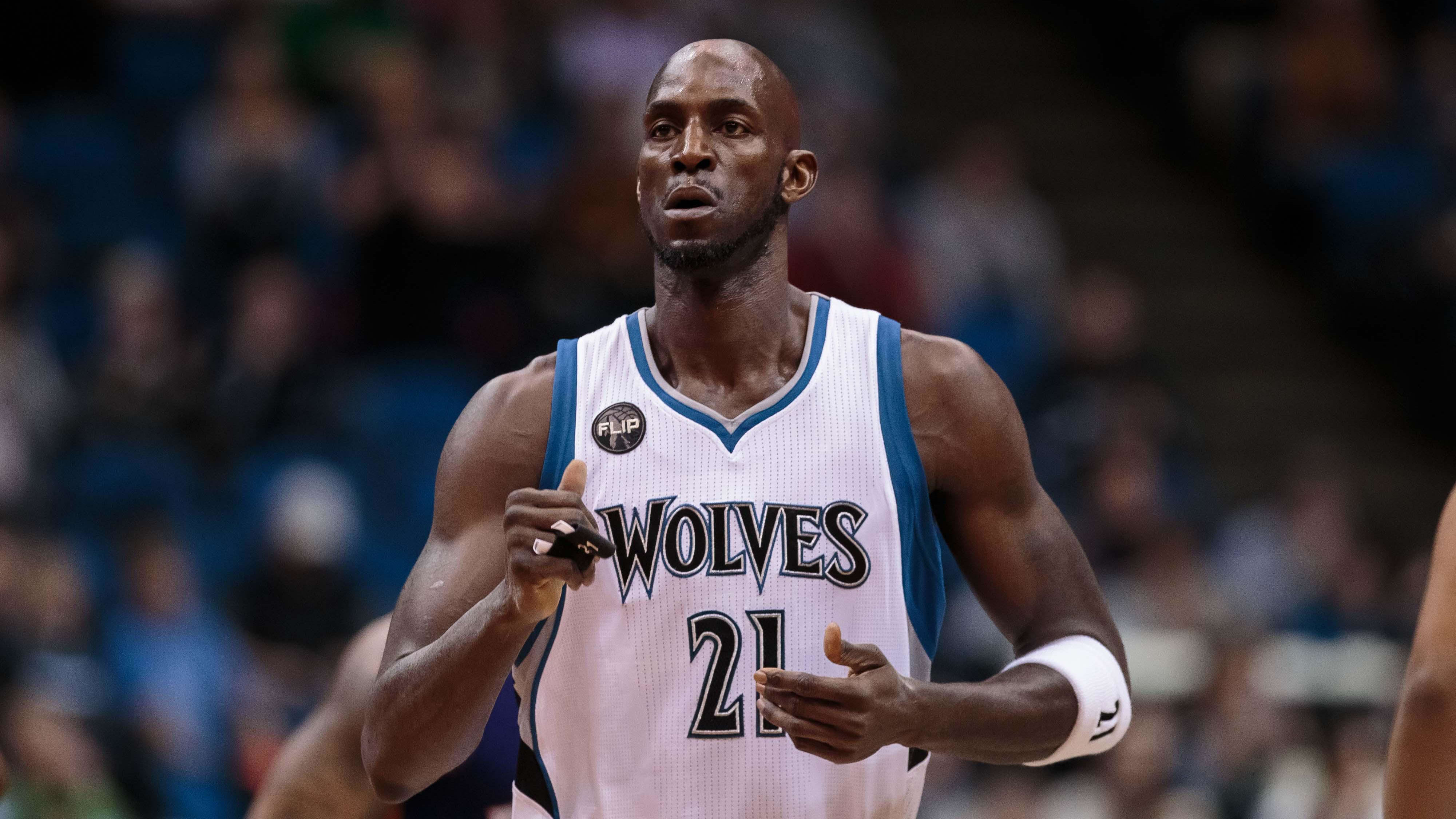
In recent years, the Timberwolves have shifted their focus toward rebuilding around younger stars. Karl-Anthony Towns, a two-time NBA All-Star, is the current face of the franchise. A versatile big man known for his scoring, rebounding, and playmaking, Towns has been the focal point of the team since being drafted in 2015. Anthony Edwards, drafted in 2020, has quickly emerged as one of the most exciting young players in the NBA. Known for his athleticism, scoring ability, and leadership, Edwards has become the Timberwolves’ most dynamic player on the offensive end. Alongside these rising stars is Rudy Gobert, a multiple-time NBA Defensive Player of the Year, who was acquired by the team in 2022 to provide a much-needed defensive presence in the paint. Together, these players are at the core of the team’s resurgence, with high hopes for future success.
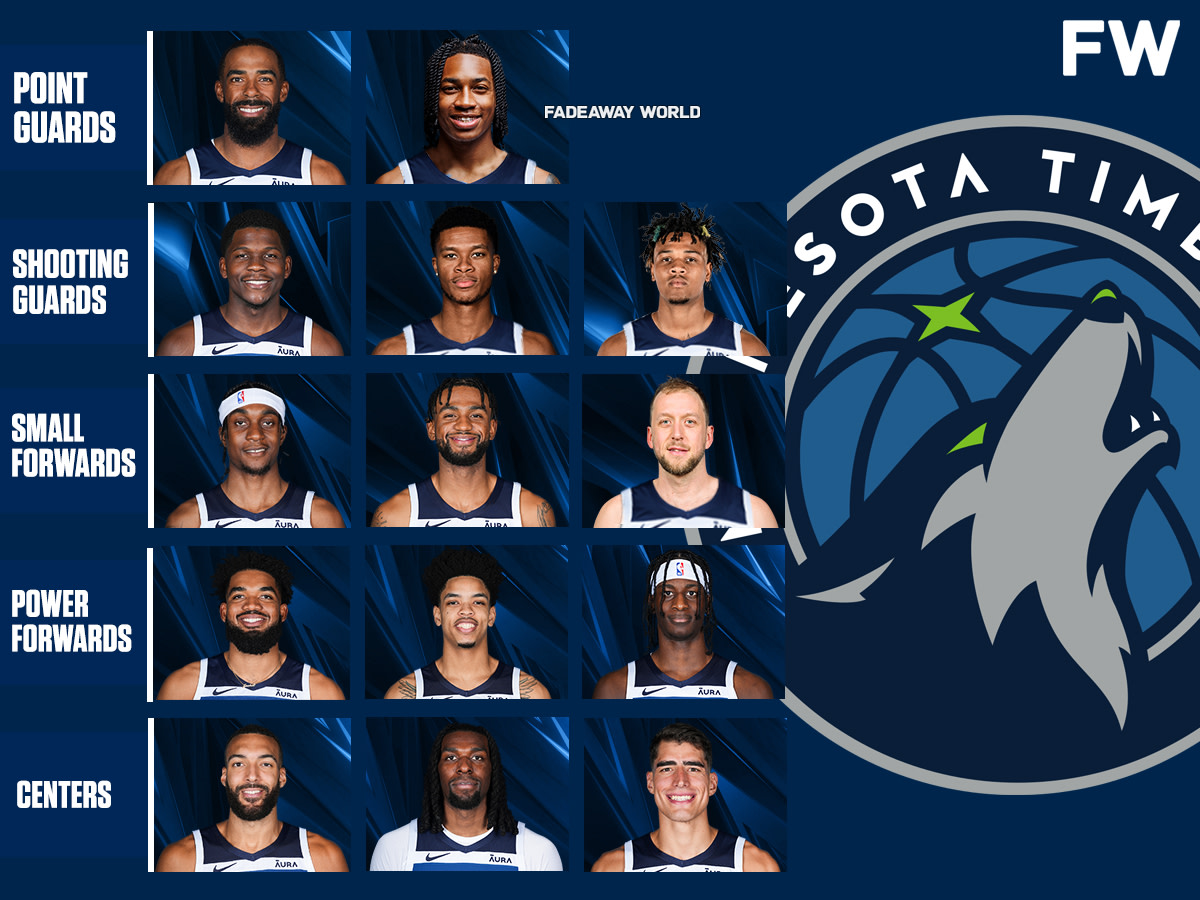
Minneapolis, the largest city in Minnesota, serves as the vibrant backdrop for the Timberwolves. Known for its cultural diversity, thriving arts scene, and high standard of living, Minneapolis offers a unique environment for both its residents and sports teams. The city is rich in history and is home to a passionate fan base that supports not only the Timberwolves but also the Minnesota Vikings (NFL), Minnesota Twins (MLB), and Minnesota Wild (NHL). Minneapolis is known for its lakes, parks, and outdoor activities, and it offers a perfect mix of urban living and natural beauty. The Timberwolves are an integral part of the city’s sports culture, with fans showing strong support even through challenging seasons.

The Timberwolves fan base is known for its loyalty and passion. Despite the team’s inconsistent performance over the years, fans remain supportive and committed to the franchise. The Target Center is always packed with energy, especially during important matchups, and the fans are known for creating a dynamic atmosphere during games. The fan base has been dedicated through thick and thin, especially with the team’s long playoff droughts. With the current young core, the Timberwolves are beginning to see a resurgence of excitement around the team, and fans are hopeful for future success in the form of playoff appearances and championship contention.

The Timberwolves have had a complicated history, with moments of brilliance tempered by long stretches of rebuilding. Their most significant success came during the early 2000s, when the team reached the Western Conference Finals in 2004. Since then, the team has struggled to maintain that level of success, but with the acquisition of key players like Towns, Edwards, and Gobert, the Timberwolves are on an upward trajectory. The future looks promising as the team builds around its young talent and strives for consistency in both performance and team culture.
The Minnesota Timberwolves were founded as an expansion team in 1989 and played their first game in the 1989–90 NBA season. The team was led by coach Bill Musselman and had some early growing pains, as they struggled to make an impact in their first few years. However, the arrival of Kevin Garnett in 1995, after the team made a bold decision to draft him with the 5th overall pick, marked the beginning of a new era. Garnett quickly became the face of the franchise, and the team’s fortunes started to change. Despite limited success in their early years, the Timberwolves began to show promise, especially with Garnett’s rise as one of the league's premier talents.
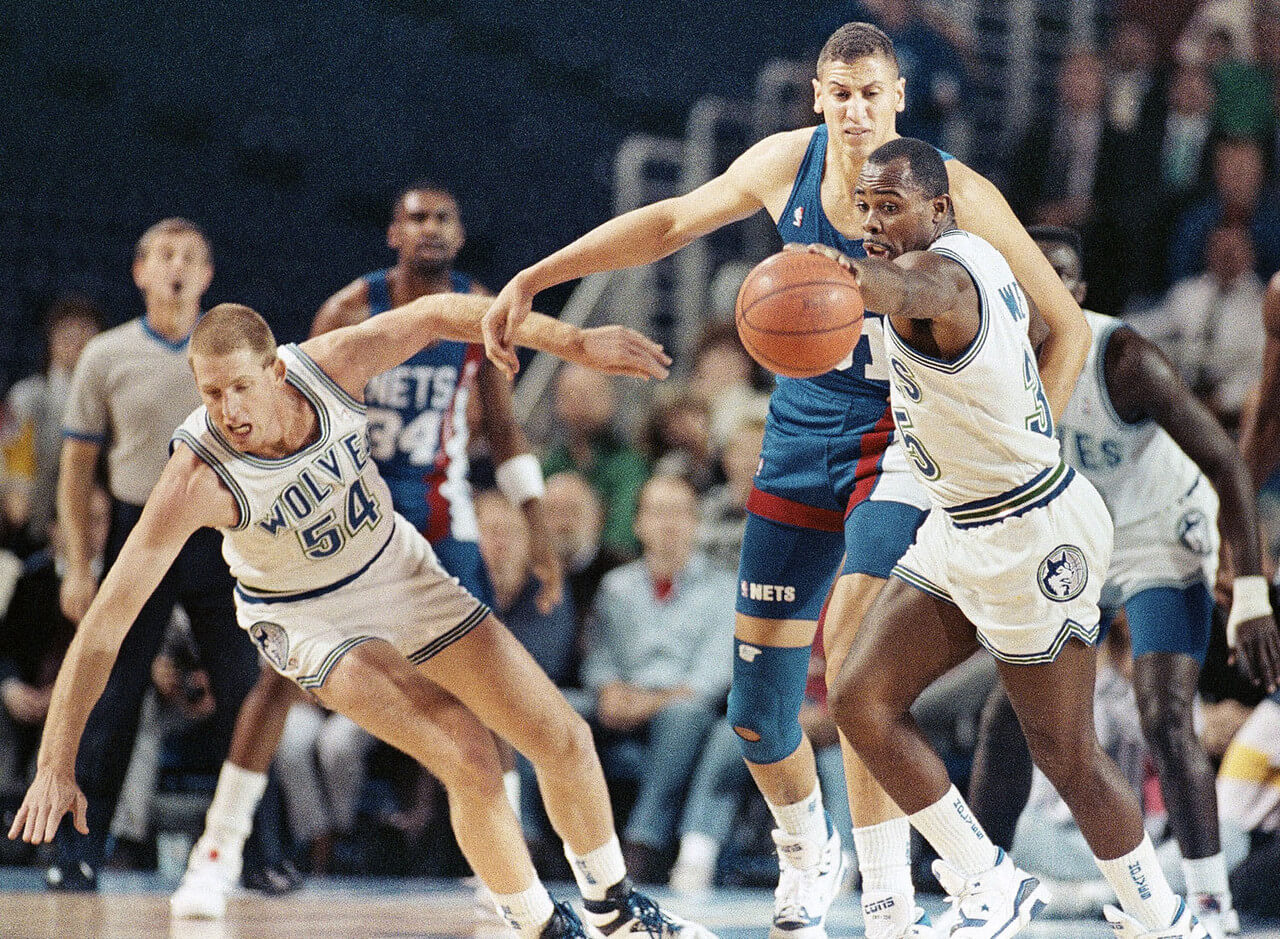
The period from 1997 to 2007 is widely regarded as the Kevin Garnett era, which brought the team its most success to date. Garnett’s dominance on both ends of the floor, combined with his leadership, made the Timberwolves a formidable team. Under coach Flip Saunders, the Timberwolves made the playoffs for eight consecutive years, from 1997 to 2004. The pinnacle of this era came in 2004, when the Timberwolves reached the Western Conference Finals for the first time in franchise history, with Garnett winning NBA MVP honors. Despite this, the team was unable to secure a championship, and after a loss to the Los Angeles Lakers, the roster was restructured. This period marked the Timberwolves’ highest success, but it also marked the beginning of a slow decline after Garnett’s departure in 2007.

Following Kevin Garnett’s trade to the Boston Celtics in 2007, the Timberwolves entered a rebuilding phase that lasted for several years. The team went through multiple coaching changes and struggled to find stability. The years following Garnett’s departure were filled with high lottery picks, but the team was unable to draft a true franchise player. Players like Ricky Rubio and Kevin Love became the focal points, but inconsistent performances and roster instability led to missed playoffs year after year. Despite some flashes of brilliance, including Kevin Love’s All-Star appearances, the Timberwolves failed to make the postseason and faced constant changes in management and coaching. The franchise seemed stuck in a cycle of rebuilding with no clear direction.

The Post-Kevin Love era saw a new focus on youth and development. The Timberwolves underwent a full-scale rebuild with Andrew Wiggins, the first overall pick in the 2014 NBA Draft, and Karl-Anthony Towns, the first overall pick in 2015, emerging as the new faces of the franchise. With the hiring of Tom Thibodeau as head coach in 2016, the team made a push to become competitive once again. Under Thibodeau, the Timberwolves made their first playoff appearance in 13 years in 2017, though they were eliminated in the first round. The team had some strong individual performances from Towns, Wiggins, and Jimmy Butler, but the mix of players and coaching staff struggled to find lasting success. The era was marked by inconsistent performance, especially with Thibodeau’s departure in 2018, but it set the stage for a new beginning.

After a turbulent period of coaching changes and roster adjustments, the Timberwolves entered a new era, focusing on the young talent that had been cultivated over the previous seasons. Karl-Anthony Towns remained the centerpiece, and the team began to build around him, with emerging star Anthony Edwards joining the team in 2020. Edwards quickly became the new face of the franchise with his dynamic play and electrifying performances. The acquisition of Rudy Gobert in 2022 was a pivotal moment, as the Timberwolves aimed to strengthen their defense and playoff potential. As of 2023, the team’s performance has been improving, with the Timberwolves becoming more competitive and edging closer to playoff contention. The franchise remains focused on establishing a winning culture and maintaining the core of their young stars while building around them for a sustainable future.

The Minnesota Timberwolves were originally owned by Glen Taylor, who purchased the team in 1994. Taylor, a successful businessman and the founder of Taylor Corporation, owned the Timberwolves for over two decades. Under his leadership, the team experienced both ups and downs, with notable success during the Kevin Garnett era. However, in 2021, Taylor announced his decision to sell the team to a new ownership group led by Marc Lore and Alex Rodriguez, marking a new chapter for the franchise. Lore, an entrepreneur known for his work with Jet.com and Walmart, and Rodriguez, the former MLB superstar, officially took over ownership in 2023, with the agreement structured to allow Taylor to remain involved in an advisory capacity for a few more years.

The Timberwolves’ staff consists of a wide range of professionals, including those in basketball operations, business operations, marketing, and support staff. The staff is responsible for handling day-to-day operations, player development, and supporting the overall mission of the franchise. The basketball operations staff is the most crucial, led by the General Manager and the Head Coach, who work to build a competitive team. The business operations staff focuses on sponsorship deals, ticket sales, event management, and fan engagement to drive the financial health of the franchise. The team also includes medical staff, performance coaches, and analytics professionals who support the players' performance and health.

The Timberwolves' staff is organized into several key divisions:

The Target Center in Minneapolis is the home arena of the Minnesota Timberwolves. Opened in 1990, the arena underwent extensive renovations in 2017 to modernize the facilities and enhance the fan experience. The arena is equipped with state-of-the-art technology, including a high-definition scoreboard, luxury suites, and enhanced seating. It also hosts a variety of events aside from Timberwolves games, such as concerts and other sporting events. The Timberwolves also invest in various player development facilities, including training centers and state-of-the-art gymnasiums, to support their players' growth on and off the court.

The financial standing of the Minnesota Timberwolves has fluctuated over the years. Under Glen Taylor’s ownership, the franchise experienced periods of financial strain, especially in the early years after the team's founding. However, as the team became more competitive, particularly in the 2000s with Kevin Garnett, the franchise's revenues grew significantly. The team’s current ownership group, led by Marc Lore and Alex Rodriguez, is expected to bring a fresh approach to the Timberwolves’ finances, focusing on increasing revenue through new sponsorships, enhanced ticket sales, and more lucrative media deals. Additionally, the Timberwolves’ finances are boosted by their partnerships with Target Center, as well as local and national broadcast rights and merchandise sales. The ownership group’s extensive business acumen is expected to increase financial stability and growth for the Timberwolves moving forward.
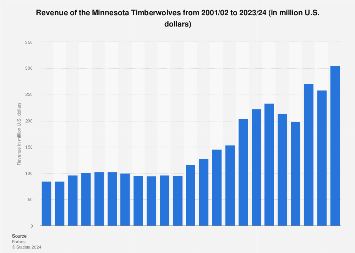
The overarching goal of the Minnesota Timberwolves is to build a championship-contending team. In recent years, the franchise has focused on developing its young core, particularly with stars like Karl-Anthony Towns and Anthony Edwards, while adding experienced players like Rudy Gobert to provide defensive stability. The franchise is also keen on improving its standing within the Western Conference, aiming to make deeper playoff runs and ultimately secure an NBA championship. Financially, the Timberwolves’ ownership group also aims to elevate the team’s brand, increase fan engagement, and solidify their place as a major player in the sports entertainment industry. Expanding the Timberwolves' global presence, enhancing the fan experience, and attracting high-value sponsors are also key aspects of their long-term goals.

The Timberwolves are part of the NBA’s Western Conference and compete in the Northwest Division alongside teams like the Denver Nuggets, Portland Trail Blazers, Utah Jazz, and Oklahoma City Thunder. The Timberwolves' positioning in the NBA's structure has made them a competitive force in the Western Conference, though they have historically faced stiff competition from powerhouse teams in the division. The franchise also has ties with other teams in the NBA through G League affiliations, including the Iowa Wolves, which acts as their minor league affiliate. The Timberwolves also have partnerships with local and national sponsors, further embedding the team within the larger NBA and sports entertainment ecosystem.
Websites
Articles
Interviews and Documentaries


Becoming a leading global provider of digital solutions and services for the sports industry, enabling our clients to achieve their goals and reach their full potential.
We aspire to be a trusted partner and advisor to our clients, leveraging our expertise and passion for sports to help them succeed in a rapidly changing market.






